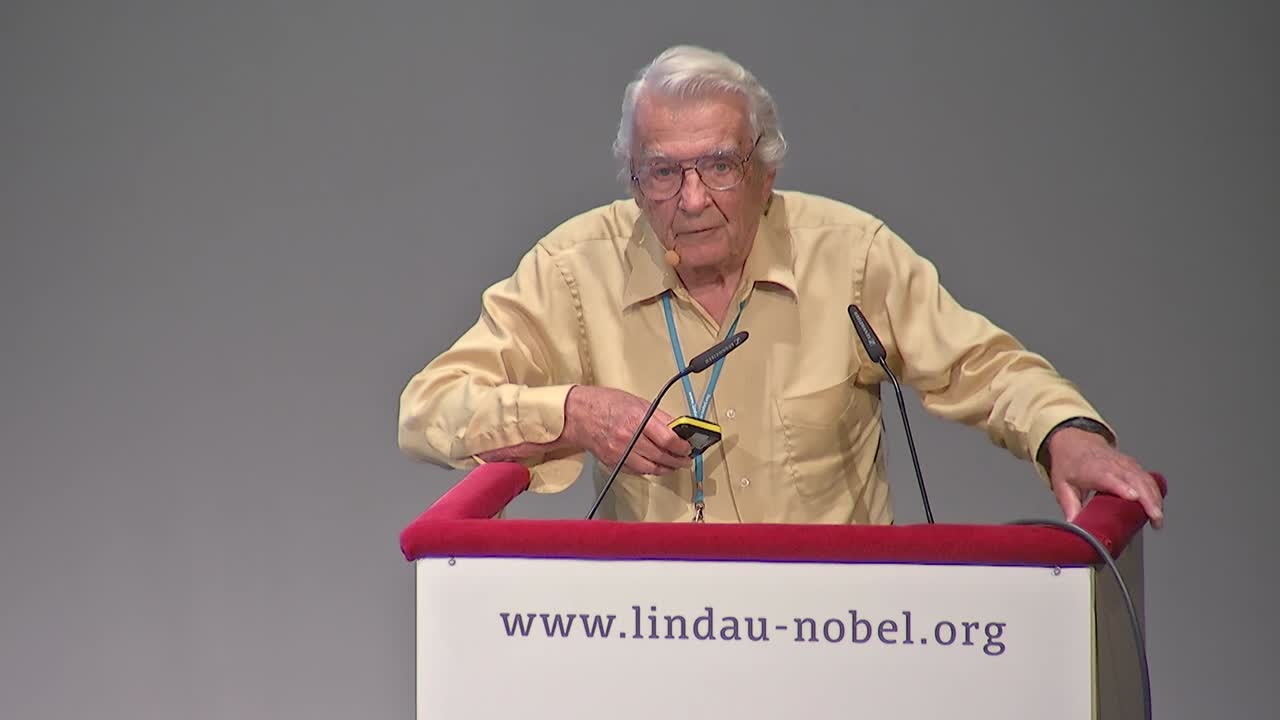https://cei.org/blog/dispelling-the-desperate-myths-on-ira-subsidies-for-wind-and-solar/
The budget reconciliation process continues, as the One Big Beautiful Bill Act just passed the Senate and is headed back to the House.
Given this, it’s worth addressing claims about the effect that phasing out some of the Inflation Reduction Act’s (IRA) energy subsidies will have.
The subsidization of wind and solar through the IRA tax credits and the similar credits that preceded them has been a major contributor to the decline of reliability on the power grid, and has undermined market forces, causing the misallocation of new power development dollars. While natural gas, coal, and nuclear power are all reliable and dispatchable, subsidies have encouraged the construction of new wind and solar as existing reliable units were prematurely shuttered.
The two credits that are drawing the most attention are the Clean Energy Production Credit (45Y) and the Clean Energy Investment Credit (48E). These tax credits pay wind, solar, and other clean energy developers for each Megawatt of power produced and for investment in new facilities, respectively.
Proponents of these subsidies claim that getting rid of them will be bad for the power grid. They claim that it will cause power prices to rise and will harm reliability. But this description is far more fitting for the subsidies themselves than for their removal. In the absence of subsidies, power plants will still be built, but they will be built based on the electricity needs of Americans not because they receive massive subsidies.
In congressional testimony, Todd Ramey, a vice president at the Midcontinent Independent System Operator, the grid operator that covers much of the central United States, said that:
Certain resource attributes – such as the ability to start up expediently, ramp output up or down quickly, and produce electricity at a high volume for long periods of time – are required to maintain reliability. Those attributes have historically been provided by the traditional resources that are now being retired at an accelerating pace, and very few planned new generators possess them.
Resources like coal, gas, and nuclear will not be the problem for reliability. Reliability and cost problems will come from the void where these sources were retired in favor of new wind and solar, and from the reliable plants that were never built in favor of subsidized wind and solar.
Removing these wind and solar subsidies would not make the grid less reliable, rather, it would remove a distortion in the market and allow more reliable sources of power to compete. In addition to the distortions that they cause, these subsidies are incredibly expensive. The overall cost of the IRA energy credits is estimated to be $4.7 trillion by 2050, of which the 45Y and 48E tax credits make up a significant portion. The Senate should have repealed these subsidies or at least phased them out more quickly than it did. However, to the extent that the subsidies are genuinely being phased out, it at least helps to prevent both their upfront costs and their distorting effects on the grid.


